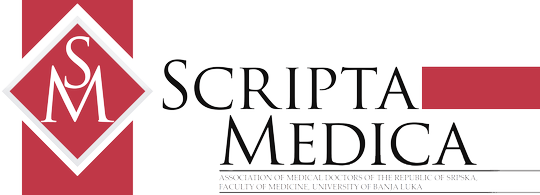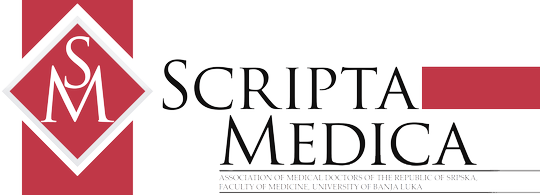ETHICAL PUBLISHING
- Home
- ETHICAL PUBLISHING
Dealing with unethical behaviour
Anyone may inform the Editor-in-Chief / Editorial Board at any time of suspected unethical behaviour or any type of misconduct by giving the necessary credible information/evidence to start an investigation.
- Editor-in-Chief makes the decision regarding the initiation of an investigation.
- During an investigation, any evidence should be treated as confidential and only made available to those strictly involved in the process.
- The accused will always be given the chance to respond to any charges made against them.
- If it is judged at the end of the investigation that misconduct has occurred, then it will be classified as either minor or serious.
Minor misconduct (with no influence on the integrity of the paper and the journal, for example, when it comes to misunderstanding or wrong application of publishing standards) will be dealt directly with authors and reviewers without involving any other parties. Outcomes include:
- Sending a warning letter to authors and/or reviewers.
- Publishing correction of a paper, e.g. when sources properly quoted in the text are omitted from the reference list.
- Publishing an erratum, e.g. if the error was made by editorial staff.
In the case of major misconduct the Editor-in-Chief / Editorial Board may adopt different measures:
- Publication of a formal announcement or editorial describing the misconduct.
- Informing officially the author’s/reviewer’s affiliating institution.
- The formal, announced retraction of publications from the journal in accordance with the Retraction Policy.
- A ban on submissions from an individual for a defined period.
- Referring a case to a professional organization or legal authority for further investigation and action.
The above actions may be taken separately or jointly. If necessary, in the process of resolving the case relevant expert organizations, bodies, or individuals may be consulted.
When dealing with unethical behaviour, the Editorial Board will rely on the guidelines and recommendations provided by the Committee on Publication Ethics (COPE).
Plagiarism prevention
Scripta Medica does not publish plagiarised papers. The Editorial Board has adopted the stance that plagiarism, where someone assumes another’s ideas, words, or other creative expression as one’s own, is a clear violation of scientific ethics. Plagiarism may also involve a violation of copyright law, punishable by legal action.
Plagiarism includes the following:
- Verbatim (word for word), or almost verbatim copying, or purposely paraphrasing portions of another author’s work without clearly indicating the source or marking the copied fragment (for example, using quotation marks) in a way described under Authors’ responsibilities;
- Copying equations, figures or tables from someone else’s paper without properly citing the source and/or without permission from the original author or the copyright holder.
Any manuscript which shows obvious signs of plagiarism will be automatically rejected. In case plagiarism is discovered in a paper that has already been published by the journal, it will be retracted in accordance with the procedure described under Retraction policy .
To prevent plagiarism the manuscripts are submitted to a plagiarism detection process using iThenticate/CrossRef within SCIndeks Assistant. The results obtained are verified by the Editorial Board in accordance with the guidelines and recommendations of the Committee on Publication Ethics (COPE).
Retraction policy
Legal limitations of the publisher, copyright holder or author(s), infringements of professional ethical codes, such as multiple submissions, bogus claims of authorship, plagiarism, fraudulent use of data or any major misconduct require retraction of an article.
Occasionally a retraction can be used to correct numerous serious errors, which cannot be covered by publishing corrections. A retraction may be published by the Editor-in-Chief / Editorial Board, the author(s), or both parties consensually.
The retraction takes the form of a separate item listed in the contents and labeled as “Retraction”. In SCIndeks, as the journals’ primary full-text database, a two-way communication (HTML link) between the original work and the retraction is established. The original article is retained unchanged, except for a watermark on the PDF indicating on each page that it is “retracted”.
Retractions are published according to the requirements of COPE operationalized by CEON/CEES as the journal indexer and aggregator.

